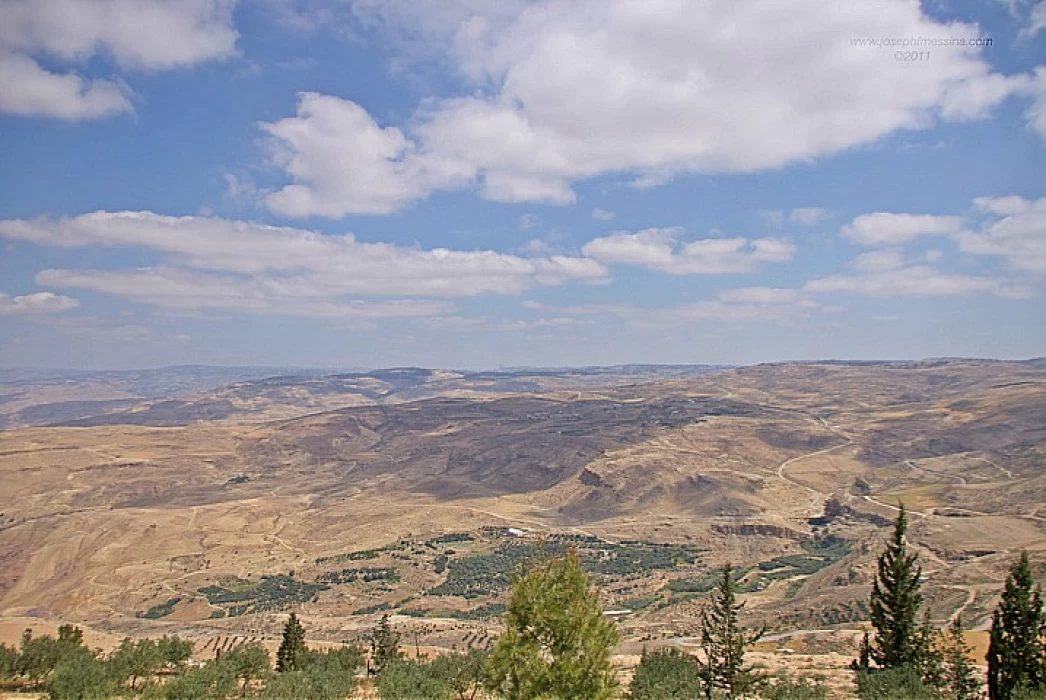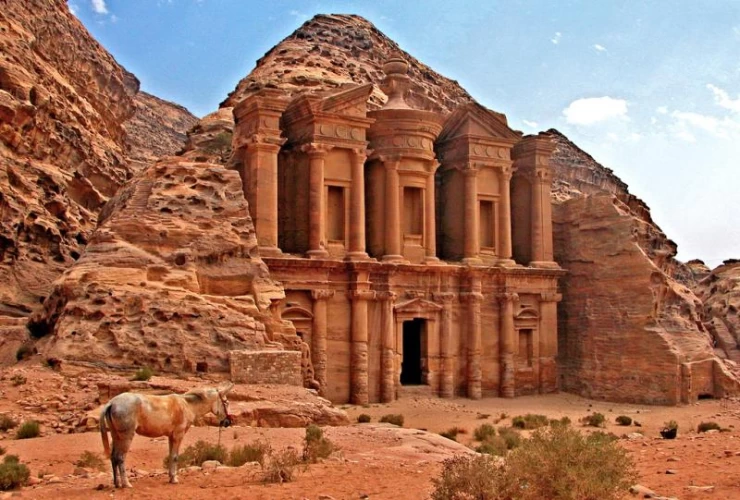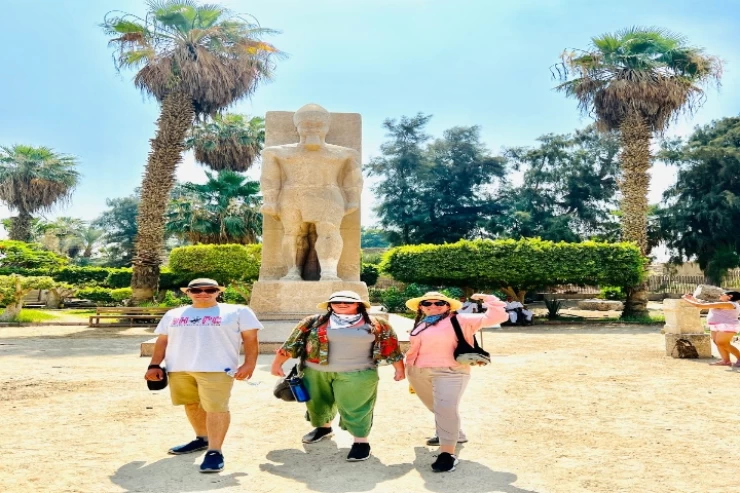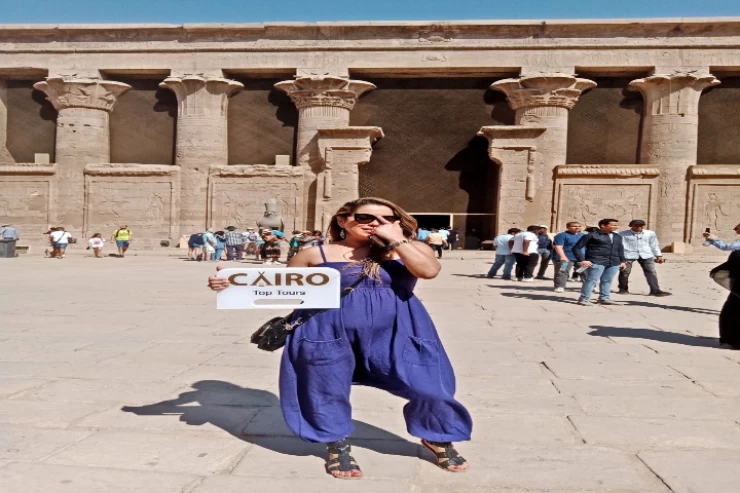
Mount Nebo | Jordan Attractions
Mount Nebo Jordan
Today the place is a religious complex and a place of pilgrimage having already received the visit of Pope John Paul II (who during his visit planted an olive tree next to the Byzantine chapel - currently under reconstruction - as a symbol of peace) and Pope Benedict XVI.
The view from the summit is just spectacular! You can have a panoramic view of Jerusalem, the Dead Sea, and the Jordan River valley. From the peak of Mount Nebo, overlooking, Jericho and the distant hills of Jerusalem, Moses saw the Holy Land of Canaan that he would never enter. He died and was buried in Moab, "in the valley opposite Beth-Peor" (Deuteronomy 34: 6).
Mount Nebo became a pilgrimage site for the early Christians of Jerusalem and a small church was built there in the 4th century to commemorate the death of Moses. Some of the stones of that church are still in their original place in the wall around the apse area.
In the fifth and sixth centuries, the church was subjected to expansion works that transformed it into the large basilica we currently know, with its splendid collection of Byzantine mosaics.
The Serpentine Cross, which is located just outside the sanctuary, is the symbol of the copper (or bronze) snake raised by Moses in the desert and of the cross on which Jesus was crucified. According to the legend on days without fog, you can even see Jerusalem, Bethlehem, Ramallah, and Jericho.
A well-traveled bridge between sea and desert, east and west, the Hashemite Kingdom of Jordan is a land of mesmerizing beauty and contrasts, from the Jordan Valley, fertile, and ever-changing, to the remote desert canyons, immense and still. Visitors can explore splendid desert castles, gaze in awe at the haunting wilderness of Wadi Rum, or bathe in the restful waters of the Red Sea.
Latest Articles
Admin
Seabourn Sojourn Cruise Stops in Safaga Port
The Seabourn Sojourn, the flagship vessel of Seabourn Cruise Line's ultra-luxury fleet, was built in 2008 at the T. Mariotti shipyard in Genoa, Italy. Measuring 198 metres, it can accommodate up to 450 guests in its 225 spacious all-suite staterooms.
Admin
Norwegian Sky Cruise Stops in Safaga Port
Norwegian Cruise Line operates a cruise ship called the Norwegian Sky. It was constructed in 1999 and can accommodate 2,004 passengers in addition to 878 crew members. The ship has several dining establishments, lounges and bars, a spa and fitness center, swimming pools, and a number of entertainment areas.
Admin
Explora II Cruise Stops in Safaga Port
Explora II, the second vessel in the Explora Journeys fleet, sets sail in 2024 to redefine luxury cruising. With 461 ocean-front suites, 9 culinary experiences, and 4 pools, this haven of sophistication and sustainability promises an unforgettable "Ocean State of Mind" journey to inspiring destinations.
Admin
Mein Schiff 6 Cruise Stops in Safaga Port
The Mein Schiff 6 is the latest cruise ship in the renowned TUI Cruises fleet, offering passengers a luxurious and sophisticated cruise experience. At 315 metres long, this floating resort features a range of dining options, entertainment, and recreational facilities, including a spa, fitness centre, and sports amenities.
Admin
Mein Schiff 4 Cruise Stops in Safaga Port
When the Mein Schiff 4 cruise ship docks in Safaga, Egypt, passengers are granted access to a realm of ancient wonders. Aboard this state-of-the-art vessel, guests can embark on meticulously curated shore excursions that showcase the region's most iconic landmarks, including the Giza Pyramids, the enigmatic Sphinx, and the remarkable tombs and temples of the Valley of the Kings in Luxor.
Admin
MS Europa Cruise Stops in Safaga Port
The Silver Moon, Silversea's latest flagship, is a luxury cruise ship that offers an exceptional travel experience for Venezuelans exploring Egypt. With a capacity of 596 guests and an impressive 40,700 gross tonnes, the Silver Moon maintains the small-ship intimacy and spacious all-suite accommodations that are the hallmarks of the Silversea brand.
















